One August, my husband, son Emory and I traveled up to Windflower Farm to see where Farmer Ted grows the bounty of vegetables that finds its way to Brooklyn and our kitchen each week. On that trip, when Emory was 3 years old, he picked a bell pepper from the field and bit into it like an apple. Impressed by this vegetable lover, Farmer Ted encouraged him to pick another. By the end of the weekend, Emory had consumed 6 raw bell peppers plucked straight from their plants. Two years later, he's simply stopped liking them.
So we went from not getting enough peppers to acquiring a stockpile over the months of August and September. I've been challenged to find ways they can be used to appeal to a 5-year-old and the rest of us. Fire roasting peppers (and other vegetables and fruit) deepens their flavor and prepares them for use in all types of dishes like spreads, soups, purées, salads, hors d'oeuvres. Here's how to roast a bell pepper to perfection. See notes about applying this to other items, like eggplants, squash, pumpkins, chili peppers, tomatoes, tomatillos, and more...
Stove top - when you only have one or two peppers to roast, this method is exciting and efficient and does not require heating up your oven
Oven roast - utilize this method if you have more time to set it and forget it and have 2 or more items to roast, or larger items. Although peppers will be less charred, you will have the same result with moderately smokey flavor and tender flesh.
Grill - for when the season and occasion calls for outdoor cooking
Here's what you do:
Stove: Place the pepper right on the flame. If it will rest on its own without falling over, leave it there. If it topples, you can hold it with tongs. You don't need to do anything to your pepper first, except wash it.
Oven & Grill: If you are roasting in the oven or on a grill, preheat to 400 degrees. I recommend giving your pepper a light coating of oil and sprinkle of salt. If you are roasting a solid item, like an eggplant or squash, poke some holes in it first. For hollow items like peppers, no poking is needed.
Stove or grill: Leave the pepper over the flame until the skin is completely charred. Rotate and char on each side. Don't forget the top and the bottom of the pepper as well.
Oven: If you are roasting in the oven, simply rotate the pepper a few times. The pepper is done when skin is lightly charred and the fruit is squishy to touch. For solid vegetables like squash and eggplant, it is done when the skin is tough and rubbery and the vegetable gives in to a light squeeze or a fork inserts easily into the tender flesh.
Immediately place completely charred pepper in a pot or metal bowl with tight fitting lid. Cover and let it stand for 10-15 minutes or until the pepper is cool enough to handle with your fingers.
With your fingers, carefully peel away the charred skin. Discard.
Rinse the remaining bits of char from the pepper. That stuff is really not that good for you all the time, but it sure is tasty, as explained scientifically in this mouth watering article by The New York Times. If you choose to use it, go for it, but sparingly. It will add a lot of smoke to your dish and charring vegetables is certainly much better for you than charring meat.
The final step is to cut up your pepper, removing and discarding the ribs and seeds. How you are going to use it will determine how you cut it. Slice into symmetrical planks or slivers for topping a salad or garnishing bruschetta, or roughly chop if you'll just be tossing it into the food processor to purée into a dip.
There are countless uses for fire roasted bell peppers (and eggplants, tomatoes, onions, squash, corn, tomatillos, chili peppers, and more). Some of my favorites are to evenly chop up some charred bits and use in soups, chowders, and curries, or to slice peppers, tomatoes and squash for topping a salad or dice into a salsa or purée eggplant into smokey baba ganoush and peppers into roasted red pepper hummus (recipes coming soon), but one of my all time favorite uses of fire roasted red peppers is muhammara, a smokey, spicy, tangy and complex spread from middle eastern cooking that's great for topping a broiled artic char or dipping polenta fries into.







